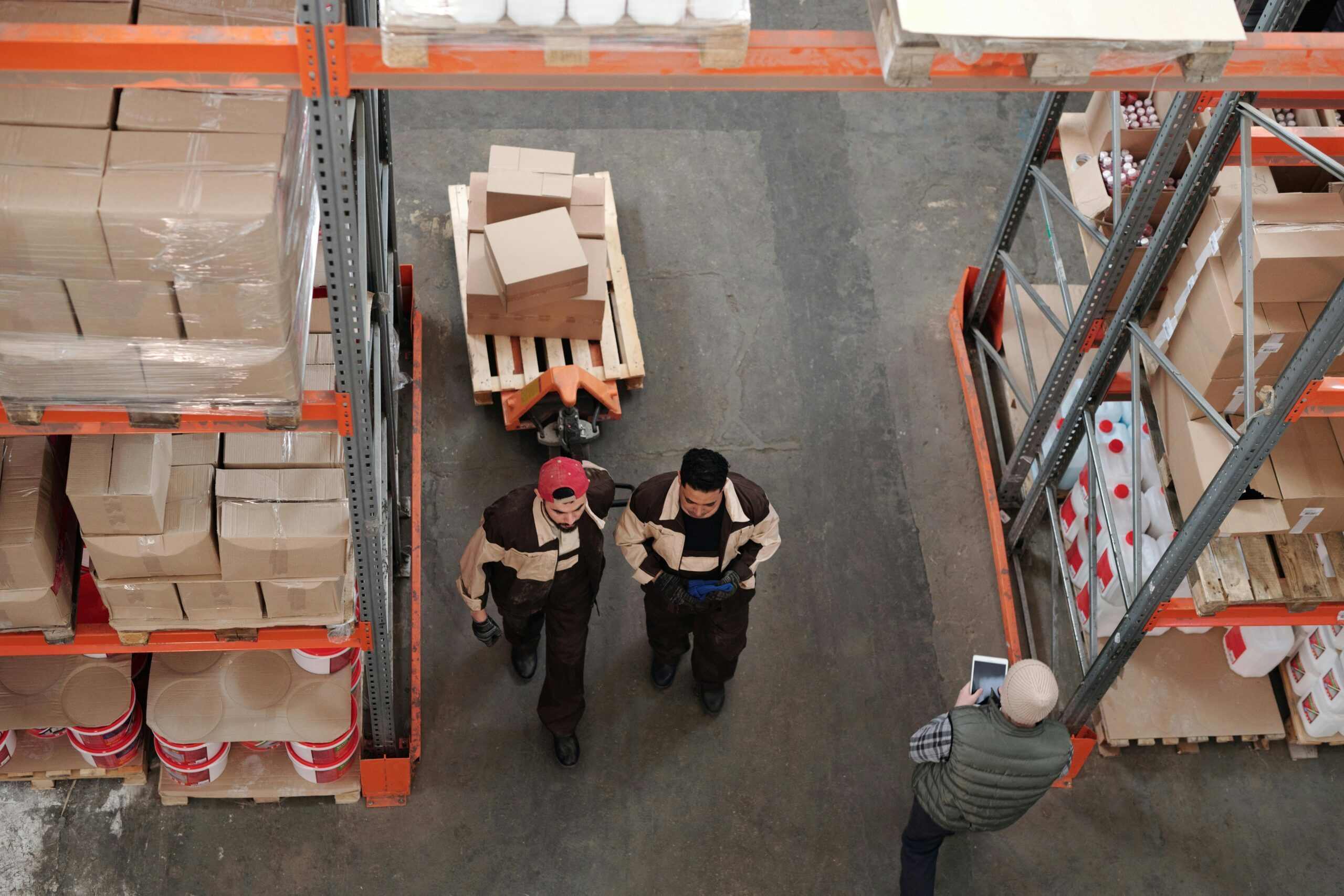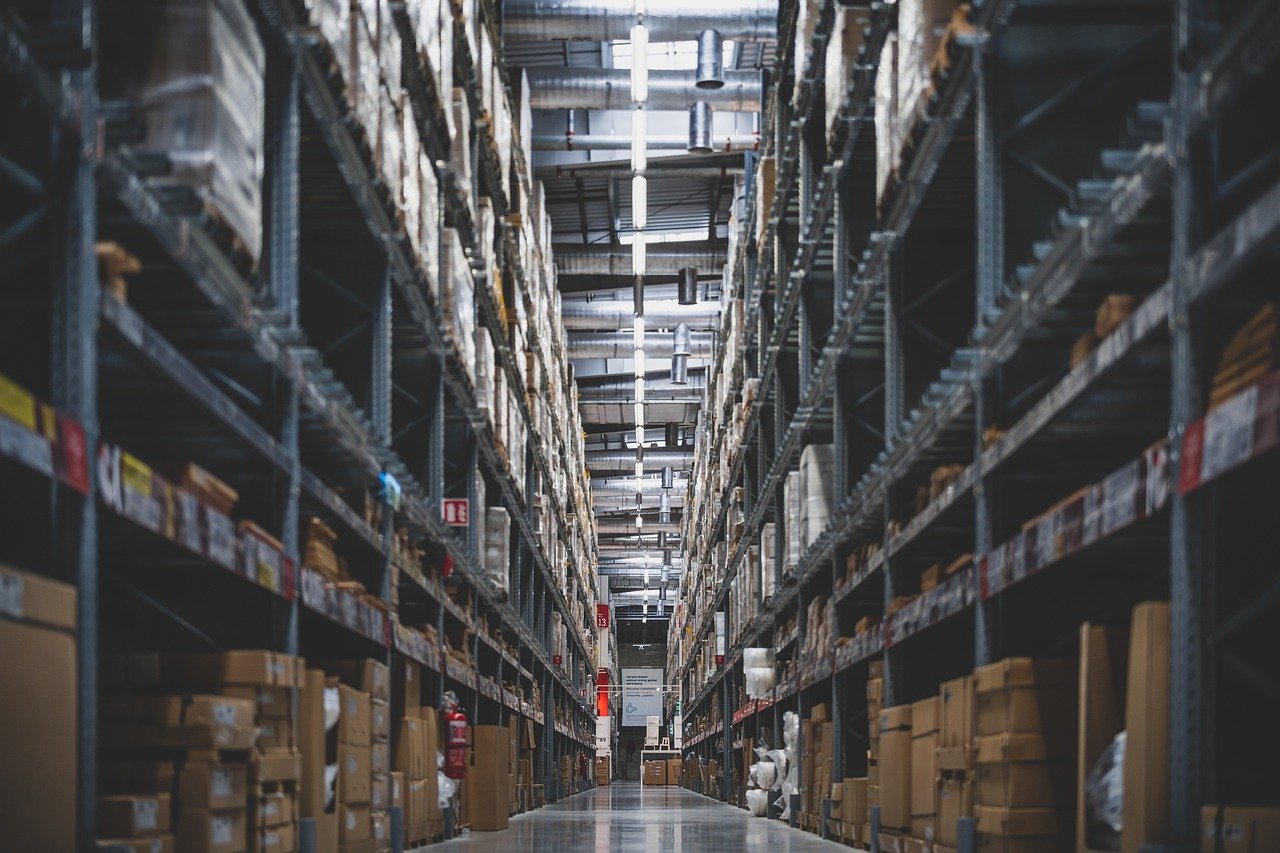Fulfillment & Distribution
Fulfillment and distribution are critical components of the supply chain, particularly in the eCommerce sector. Efficient fulfillment and distribution processes ensure that products move smoothly from manufacturers to consumers, directly impacting customer satisfaction and business success. Fulfillment Centers Fulfillment centers are the heartbeat of small-parcel logistics. These facilities are designed for high activity levels, processing thousands of small orders daily. The focus on direct-to-consumer shipping requires systems that can handle rapid turnover and ensure timely delivery. Key characteristics include: High Activity Levels: Fulfillment centers process a vast number of orders each day. This volume necessitates efficient workflows and robust technology to handle picking, packing, labeling, and shipping tasks without delays. Customer Experience: Enhancing customer satisfaction is paramount. Efficient delivery processes, accurate order fulfillment, and quick turnaround times contribute to a positive consumer experience, making fulfillment centers critical to eCommerce success. These features make fulfillment centers indispensable in meeting the demands of modern consumers who expect fast and reliable service. Distribution Centers Distribution centers play a unique role in the supply chain, serving as temporary storage facilities for large quantities of goods. Unlike fulfillment centers that focus on direct-to-consumer shipping, distribution centers are designed to manage inbound and outbound operations within the same day, catering primarily to wholesale supply chains. Definition and Purpose Distribution centers act as critical hubs where goods are received, stored briefly, and then redistributed to retailers or other warehouses. Their primary purpose is: Temporary Storage: Holding products for short durations until they are needed elsewhere. Bulk Management: Handling large volumes of goods to streamline the supply chain process. Operational Focus When comparing distribution centers with fulfillment centers, several key differences emerge: Fulfillment Centers Prioritize quick order processing. Handle small-parcel logistics. Serve eCommerce businesses directly. Distribution Centers Emphasize bulk storage and redistribution. Manage goods movement in bulk for retailers or warehouses. Support manufacturers with large inventories seeking broader market access. Understanding these distinctions is essential in grasping how both types of facilities contribute uniquely to FULFILLMENT AND DISTRIBUTION strategies. This dual framework ensures efficiency across various stages of the logistics process. However, it’s also important to recognize that the reliance on these distribution networks can expose vulnerabilities in our supply chains. To mitigate such risks and enhance overall resilience, adopting strategies outlined in resources like this supply chain resilience guide can be beneficial. Why 345PL? We are fast, reliable, and affordable. We are expert freight, supply chain, warehousing, last-mile. Functions of Distribution Centers Distribution centers excel in managing the movement of goods in bulk for retailers or warehouses. They handle inbound and outbound operations efficiently, ensuring a seamless flow of products between various points within the supply chain. Key functions include: Bulk Storage: Distribution centers store large quantities of goods temporarily, readying them for future distribution. Inventory Replenishment: These centers play a crucial role in replenishing inventory for retailers, maintaining stock levels to meet demand. Support for Manufacturers: By managing large inventories, distribution centers support manufacturers in ensuring their products reach broader retail markets. Their ability to manage significant quantities of goods makes them indispensable for businesses with extensive inventory needs. Future of Fulfillment and Distribution Automation Technologies and Robotics Automation technologies are revolutionizing fulfillment and distribution. Robotic systems enhance efficiency by automating repetitive tasks such as picking and packing. Automated guided vehicles (AGVs) streamline material handling within warehouses, reducing human error and increasing throughput. Sustainable Practices in Logistics Sustainability is a growing priority. Companies are adopting eco-friendly packaging materials and optimizing delivery routes to minimize carbon footprints. Solar panels on warehouse rooftops and energy-efficient lighting systems are examples of green initiatives being implemented. 24/7 Fulfillment Support Modern logistics demand round-the-clock operations. 24/7 support ensures that customer inquiries and order processes are managed continuously, improving responsiveness and satisfaction. Real-time tracking systems provide transparency, allowing customers to monitor their orders at any time. These trends reflect the evolving landscape of fulfillment and distribution, emphasizing efficiency, sustainability, and customer-centric approaches. LTL Consolidation Truckload servces Warehousing & Distribution









